Roundtable: Why Teachers Aspire to be Principals
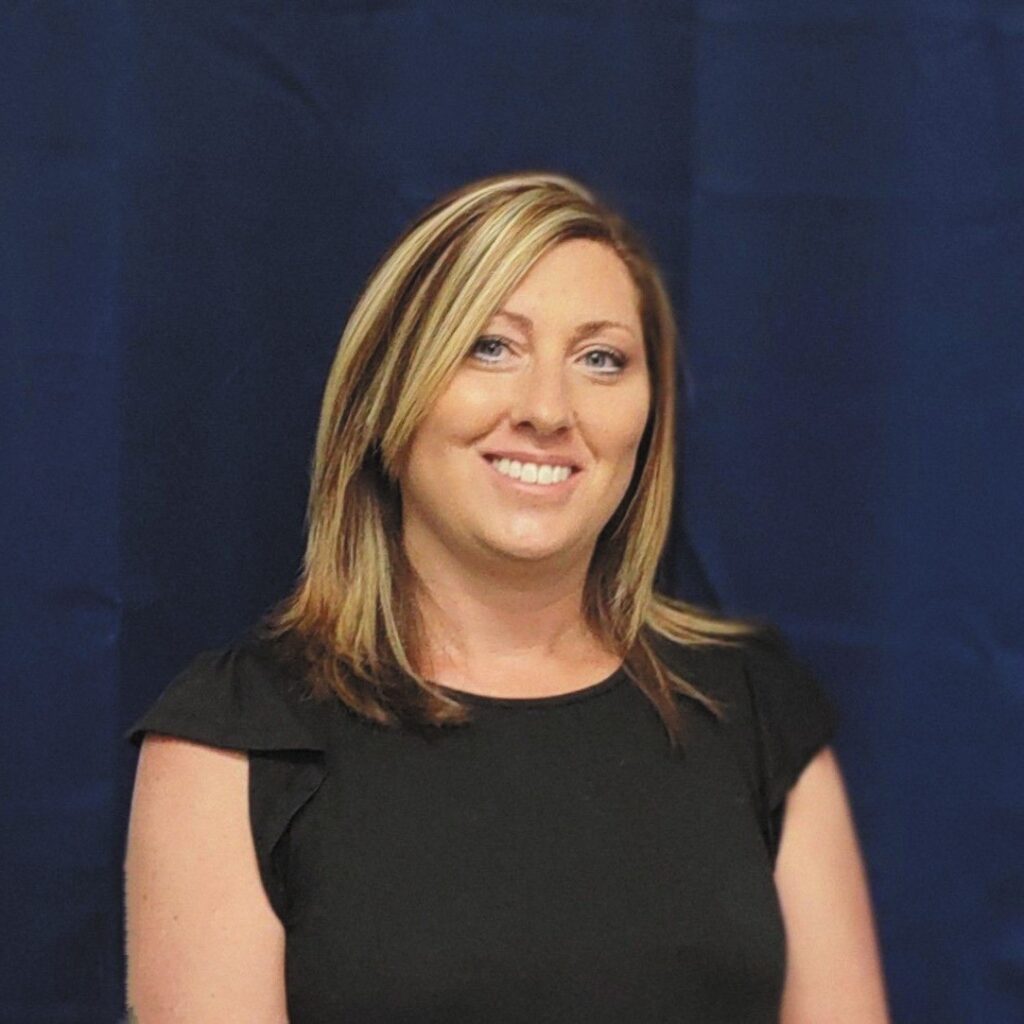
Significant support needs special education teacher, Mead High School
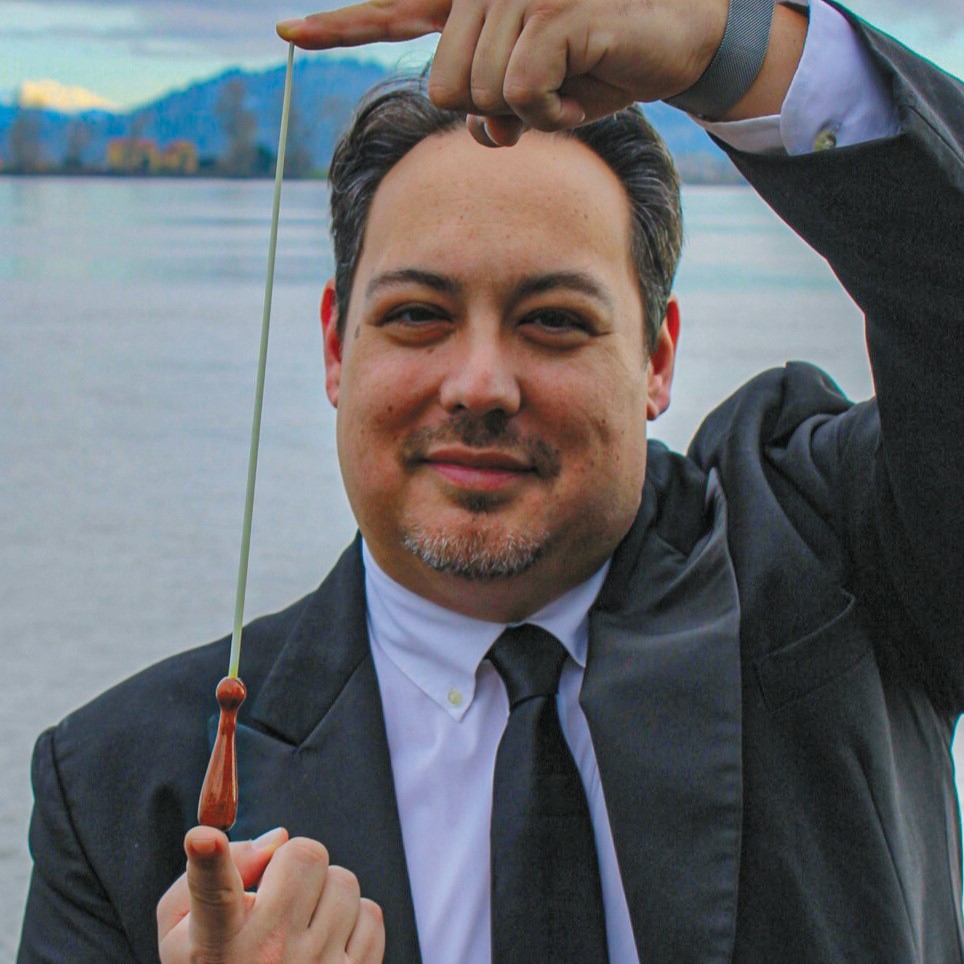
Music coordinator
and choral director,
St. Helens High School
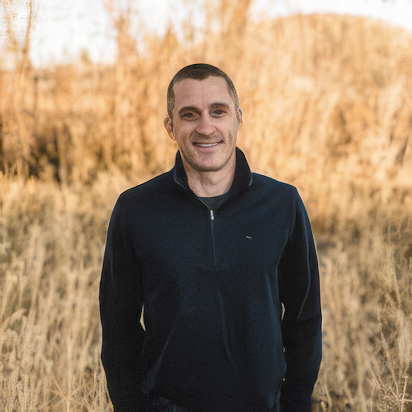
Honors and AP chemistry
teacher, Washingtonville
Central High School
While schools grapple with teacher shortages across the country, let’s remember to celebrate those educators who not only plan to stay in the profession but who also want to pursue careers in school leadership. To learn more about teachers who aspire to become principals, Principal Leadership contacted Drew Kaman, an honors and AP chemistry teacher at Washingtonville Central High School in Washingtonville, NY, and a member of NASSP’s Aspiring School Leaders Network; Eric Stearns, district music coordinator and choral director at St. Helens High School in St. Helens, OR; and Amber Vanzant, a significant support needs special education teacher at Mead High School in Longmont, CO.
Principal Leadership: Tell us about your current position and your career path in education.

PHOTO COURTESY OF DREW KAMAN
Vanzant: I teach high school students with intellectual disabilities and autism. I’ve been an educator for 24 years. I knew since kindergarten that I wanted to be a teacher. I chose special education because my dad suggested it since this area is always in need of teachers. That’s where my passion is, helping students who aren’t typically involved have a place in the community of a school. I’m ready to make a difference in a different way. I think I can bring a lot to the table with my special education knowledge when it comes to being an administrator in a building. I would be able to support teachers in accommodating students with disabilities in their classrooms. I’m considering getting my special education director’s license or becoming a principal.
Kaman: In addition to my role as a teacher, I find great fulfillment in mentoring a first-year teacher, which continually reignites my passion for this profession. I’m actively engaged in various committees at our school, including the principal advisory committee and the discipline committee. Recently, I was elected to the school board in my children’s school district. My roots in education are deeply intertwined with my family. My mother was an elementary school teacher, and my stepdad served as our school’s media director and library specialist. My journey in education has taken me to various corners of the world, thanks to my wife’s U.S. military service. I’ve experienced many schools and cultures, beginning my career with the Department of Defense Education Activity overseas. Before relocating to New York, I played a pivotal role in the establishment of a new middle school in Colorado Springs. There, I had the privilege of working under an innovative principal. Witnessing his leadership style and dedication to every student left an indelible mark, igniting my aspiration to become an administrator.
Stearns: In my first career, I was a professional musician. I wrote a musical. I was touring all over the U.S. when I realized that in working with professionals everywhere I was filling the role of a teacher. That was what I naturally gravitated toward. I decided to go back to school and get a teaching certificate and become a teacher. I guess this was about 12 years ago. Besides serving as a choral director, I teach an AVID elective class. I also teach music history at a community college as well as a college-level music theory class. I’m currently serving as an interim assistant principal in our building, and I love it. It has given me a whole different look at the community we serve.
Principal Leadership: What are you doing to prepare for school leadership?
Vanzant: I am currently working on my principal licensure and getting my master’s degree in educational leadership. In Colorado, special education directors must have a master’s degree in special education. My hope is that next fall I’ll get a position as a dean in our district or an instructional coaching position that will get me moving in that direction.
Stearns: I’m in my principal certification program at the University of Oregon. We have the Confederation of Oregon School Administrators here, and they run a program for aspiring administrators, and they provide mentorship opportunities for networking. They also enable us to attend conferences so we can learn more about the profession.
As a Mexican American male, I believe there aren’t as many of us as there should be in the profession.
—Eric Stearns
Kaman: In response to the unique challenges presented by the pandemic, I pursued my master’s degree in educational administration through an online program at the University of Kansas. While the coursework was certainly a crucial foundation, I believe true preparation for school leadership extends beyond the diploma. I’m committed to gaining valuable hands-on experience and a diverse range of perspectives to complement my academic qualifications. It’s not just about that piece of paper; it’s about building a holistic readiness for the role.
Principal Leadership: What do you think your main areas of focus will be once you’re in the principalship?
Kaman: My primary focus will revolve around our core mission: ensuring the success of every student. It’s a fundamental belief that initially drew me into the profession. The second pillar of my focus will be directed at our dedicated teachers and staff. By recognizing they are the backbone of our educational community, I aim to empower and equip them with the necessary resources and support to excel in their roles. Finally, fostering a strong sense of community will also be important to me. Growing up in a close-knit, small town, I witnessed the symbiotic relationship between individual student achievement and the overall success of the school and the community at large. It’s a principle I hold dear and plan to emphasize in my role as a principal.
Vanzant: I do a good job building relationships with people in my building. As a principal, I would focus most on helping teachers figure out their strengths and help them meet all students’ needs. My focus would be on teaching teachers and supporting teachers.
Stearns: I’m a Mexican American parent of two non-binary kids. I am very sensitive to student achievement and to those unique social emotional and cultural needs of our students. I’m also in tune with the growing demands that are placed on our teachers related to rigor and assessment. Those are things that I know I am going to be focusing on, but that’s not unique to a building.
Principal Leadership: What do you foresee as some of your biggest challenges?
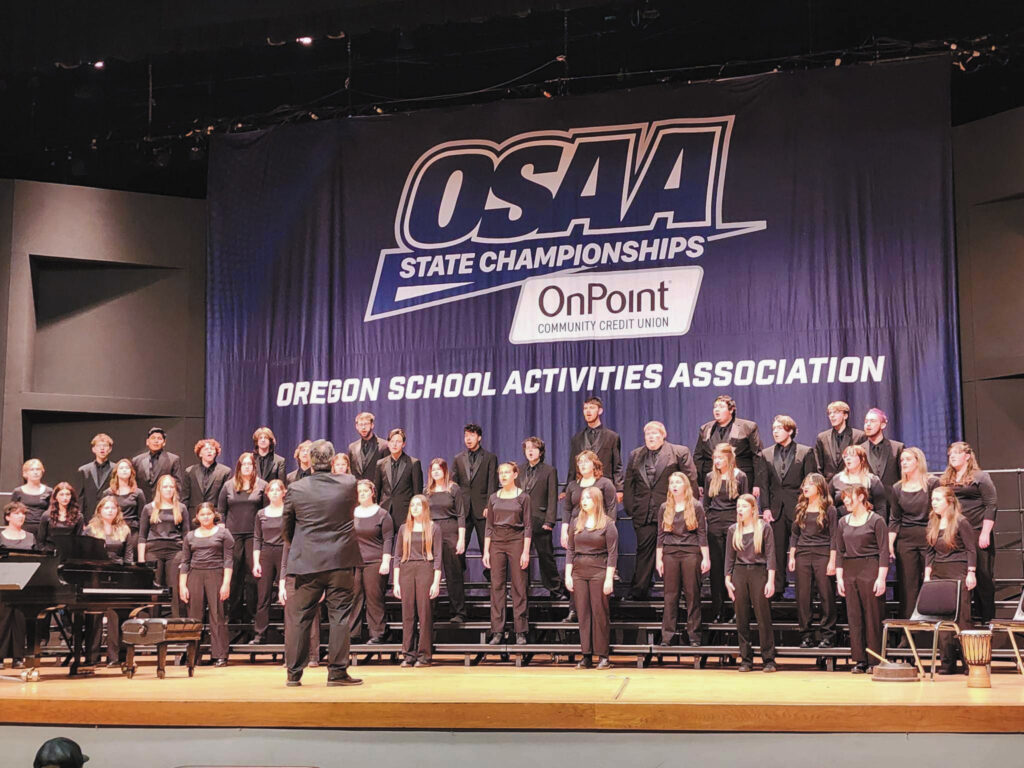
PHOTO COURTESY OF ERIC STEARNS
Kaman: I see meeting the diverse needs of all students as one of the most formidable challenges. Every student is unique, and it’s our responsibility to ensure that each one receives the support and resources required to thrive academically and personally. Second is the recruitment and retention of exceptional teachers. Attracting top talent and retaining experienced educators is essential for providing our students with a high-quality education. Budgeting is also a perpetual challenge. Ensuring our schools are adequately funded is crucial, as it directly impacts the quality of education we can offer.
Vanzant: There are things I haven’t experienced before, like budgeting as a school leader, so that would be a struggle for me and so would teacher recruitment. Something that’s tough for me but that I’m improving on is I don’t like to make people upset. So, when it comes time to have those conversations, which we now call courageous conversations, I worry about how I’m going to handle those and be direct but also empathetic. I’ve got the empathy down. I can do that. I’m just so worried about hurting people’s feelings. I need to get over that part and just realize that what I’m doing is best for kids. I need to come at it from that mindset.
Stearns: There’s a steep learning curve for every administrator. I’m fortunate that my wife, a director of student achievement in a neighboring district, has already been through this so I have someone at home that I can talk to about this career. There are always going to be challenges whether legislative or financial challenges related to keeping class sizes low and paying teachers more. It’s a difficult balancing act. I’m excited about the opportunity. I don’t see it as something to shy away from. It certainly doesn’t keep me from wanting to do this job.
Principal Leadership: Do you need to be an assistant principal before you can be a principal?
Vanzant: For me yes, because I know I still have so much to learn and right now I work with a principal who’s amazing, and I’m learning a ton from him. But there’s just so much about administration that I don’t know. It would be too much to handle without having some practice and someone above me to support me and help me out.
Growing up in a close-knit, small town, I witnessed the symbiotic relationship between individual student achievement and the overall success of the school and the community at large. It’s a principle I hold dear and plan to emphasize in my role as a principal.
—Drew Kaman
Stearns: In education, we ask teachers to student teach before they officially become teachers because we want them to gain experience and learn from somebody who’s doing the job. While that doesn’t fully prepare young teachers for being in the classroom, it does go a long way toward helping them be ready for the challenges that are going to come next. It should be the same thing for us as administrators. This is a different job.
Kaman: The path to becoming a principal is akin to a gradual progression from crawling to walking, and then finally to running. The role is filled with complexities and challenges that may not be fully appreciated from the vantage point of a classroom teacher. The transition to school administration is itself a significant leap. To successfully navigate it, you need reliable mentors and robust support systems in place. Personally, I envision my journey leading to a role as a dean or an assistant principal, both valuable stepping stones to a principalship.
Principal Leadership: What is some of the best advice that other educators, principals, and mentors have given you along the way and that you will carry into an administrative role?
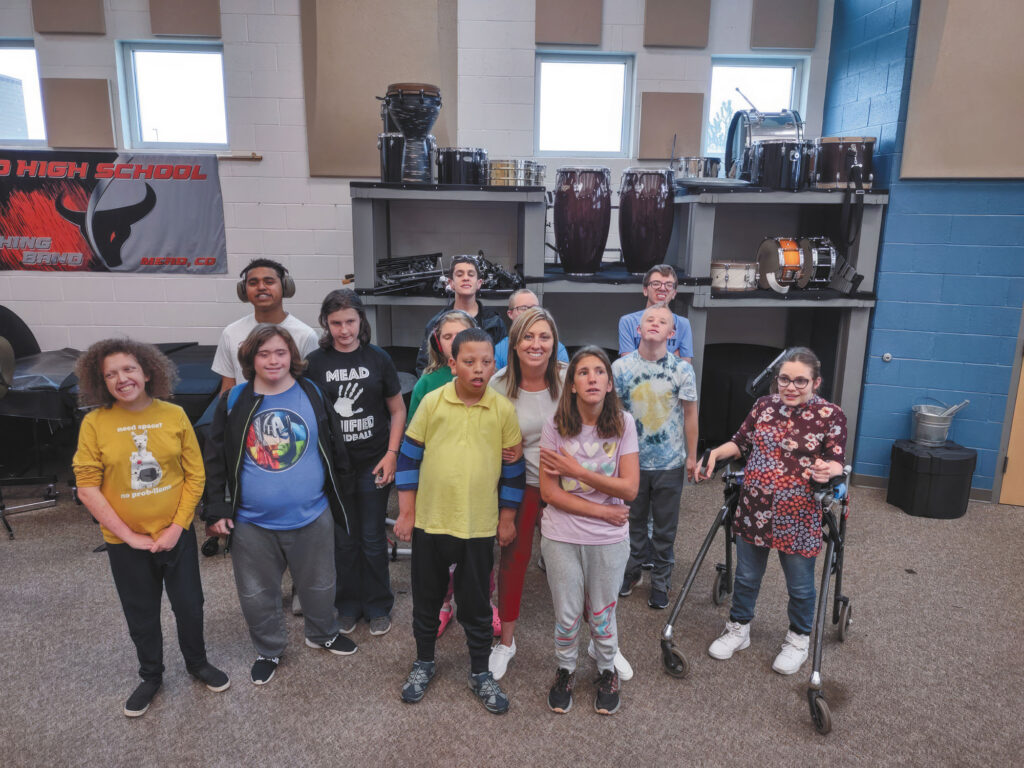
PHOTO COURTESY OF AMBER VANZANT
Kaman: One particularly impactful piece of advice came from a principal who emphasized the importance of listening to understand rather than listening to respond. As a natural problem solver, this guidance was a revelation for me. It made me realize the significance of truly comprehending the issues at hand before attempting to address them. Another valuable lesson is not to delay difficult conversations. A wise principal likened this to treating an issue like a festering wound, stressing the need to address it as soon as that uncomfortable feeling arises. Lastly, a crucial piece of advice is that I don’t have to have all the answers. Regardless of my role as a principal or assistant principal, it’s perfectly acceptable not to know everything. Embracing this reality allows me to foster a culture of collaboration and continuous learning within the educational community I serve.
Stearns: To put compassion at the forefront of everything we do, and to look at someone’s motivation before you judge their actions. That allows me to meet them where they’re at, and it really makes for a great relationship with people.
Vanzant: One piece of advice that I remember is there’s a difference between dilemmas and problems and how to identify those. You’re not going to solve a dilemma. You can solve a problem. The other is that you’re never going to make everybody happy. You’re not ever going to get full consensus. Again, that goes back to my I don’t like to make people unhappy piece. But it’s important to remember that decisions are being made based on what’s good for students. If some people are unhappy that’s OK. Just keep moving forward.
Principal Leadership: How are you expanding your network for this next stage of your career?
Kaman: My career trajectory is somewhat unique due to our military lifestyle, which requires us to move every two or three years. This wide array of experiences has been invaluable in expanding my professional network. I also engage in a range of activities to foster personal and professional growth, including reading educational books and listening to podcasts. Additionally, I actively participate in NASSP’s Aspiring Principals Leadership Network, attending its monthly sessions. These interactions are instrumental in building and expanding my network, connecting with fellow educators, mentors, and leaders in the field.
Even if you’re not an aspiring principal, going through a leadership program can give you such a different perspective on how schools run and why decisions are made.
—Amber Vanzant
Vanzant: For the master’s program I’m in right now, we must do 400 hours of administration. So, I’m on a teachers advisory committee for the district, and I’ve shadowed some principals for my hours. I didn’t even know about the NASSP network. I definitely want to get involved in that. Even if you’re not an aspiring principal, going through a leadership program can give you such a different perspective on how schools run and why decisions are made. I understand so much more and my frustrations have lessened so much because I get it now. There’s a bigger picture that I don’t see as a classroom teacher.
Stearns: I’ve been attending conferences and meeting other administrators. Again, I’m fortunate that my wife is an administrator, so I already have a lot of contacts because we attend events together. For me, the biggest thing is just being open to new opportunities as they present themselves.
Principal Leadership: Among your colleagues, are you outliers in wanting to pursue administration?
Vanzant: In my school, there are five of us who teach special education, and I’m the only one who’s considering administration. We even have a couple teachers with their administration license, but they aren’t interested in pursuing it, so I would say I’m in the minority.
Kaman: In my current school, which has around 100 staff members, just a handful of us either possess our administrative license or are actively working toward it. It’s not uncommon to encounter reactions of surprise or even bemusement when you mention to fellow teachers or curriculum specialists that you’re contemplating a move into school administration. They might jokingly suggest that “you’re going to the dark side.” I usually respond to such comments by saying, “I’m going to the dark side to fight for you!” I view my move into administration as a means of broadening our ability to make a difference. In the classroom, you have your four walls, and you can influence the students within them. However, as educators, there often comes a point when we desire to have a broader impact on the educational experience for all students. For me, transitioning into administration represents the next step in achieving that aspiration.
Stearns: As a Mexican American male, I believe there aren’t as many of us as there should be in the profession. I was in California last year on tour with my choir, and we were performing in central California. The audience was predominantly Latino, so when I introduced my choir, I did it in Spanish then English. After the performance, several boys came up to me asking for my picture with them because they had never met anyone who was Hispanic in this role. They said they wanted to be choir directors, but they didn’t know it was possible until I stood up there. Representation is very important. I don’t know what these boys are going to do with their lives, but they were inspired for that moment. That’s what I hope to do, even in a small way in a building somewhere. To show kids who look like me that yes, they can do this, too.
